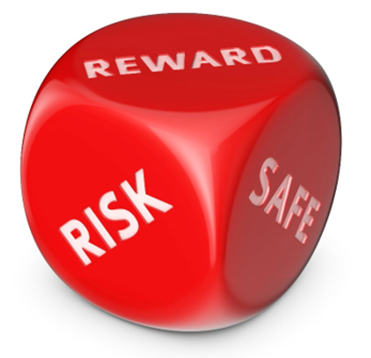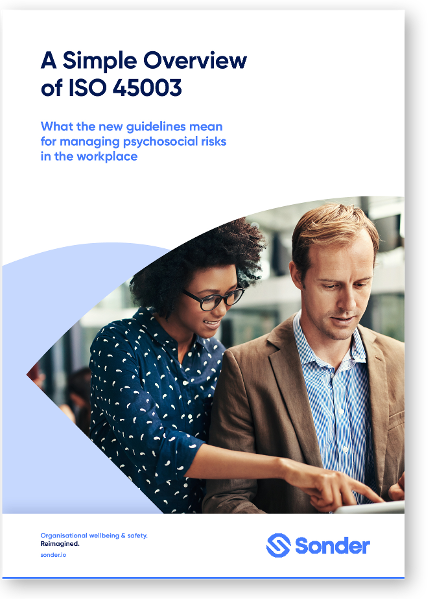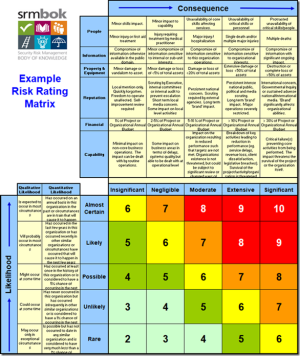Collection of Psychological Safety at Work Definitions, Articles, Tools, Checklists, Forms, Downloads, Guidelines and Risk Assessments
Further Psychological Safety Articles:
- https://safetyrisk.net/what-is-psychological-safety/
- https://safetyrisk.net/psychological-core-stability-for-wellbeing-in-workers-comp/
- https://safetyrisk.net/risk-and-safety-as-a-social-psychological-problem-15/
- https://safetyrisk.net/build-a-psychologically-safe-workplace-by-taking-risks-and-analysing-failures/
Psychological Safety Definitions
- First became popular with Amy Edmondson’s (see her Youtube video below) books: “A climate in which people feel free to express relevant thoughts and feelings; Makes it possible to give tough feedback and have difficult conversations without the need to tiptoe around the truth; People believe if they make a mistake other will not penalize or think less of them; Believe others will not resent or humiliate them when they ask for information; People both trust and respect, and it produces a sense of confidence that the group won’t embarrass, reject or punish someone for speaking up; Thus, psychological safety is a taken-for-granted belief about how others will respond when you ask a question, seek feedback, admit a mistake, or propose a wacky idea”
- “It’s about minimizing all the things that cause psychological stress” “A belief that the workplace is safe for speaking up”. “Its NOT about being nice or freedome from conflict….its about candor” – Amy Edmondson
- “Psychological safety is being able to show and employ one’s self without fear of negative consequences of self-image, status or career. It can be defined as a shared belief that the team is safe for interpersonal risk taking. In psychologically safe teams, team members feel accepted and respected. It is also the most studied enabling condition in group dynamics and team learning research. – Wikipedia
Psychological Safety Articles
What is Psychological Safety?
 Mental Health is certainly a hot topic at the moment. Even the Safety Regulators are encouraging us to apply the same old ineffective safety methodologies to “fixing” the problem people. Emerging also are buzz words like “Mental First Aid” and “Psychological Safety”. The term “Psychological Safety” has been around for a while and was not necessarily all about Workplace Health and Safety. Of concern, is that ‘Psychological Safety’ is now rolling, verbatim off the tongues of BBS proponents, compliance crusaders, culture changers, zero zealots and even the Safety Differently & Safety 11 flocks. READ MORE >>>>>>
Mental Health is certainly a hot topic at the moment. Even the Safety Regulators are encouraging us to apply the same old ineffective safety methodologies to “fixing” the problem people. Emerging also are buzz words like “Mental First Aid” and “Psychological Safety”. The term “Psychological Safety” has been around for a while and was not necessarily all about Workplace Health and Safety. Of concern, is that ‘Psychological Safety’ is now rolling, verbatim off the tongues of BBS proponents, compliance crusaders, culture changers, zero zealots and even the Safety Differently & Safety 11 flocks. READ MORE >>>>>>
Build a Psychologically Safe Workplace by Taking Risks and Analysing Failures
 What do Sir James Dyson, Thomas Edison, Walt Disney, Albert Einstein, Abraham Lincoln, Vincent van Gough and Stephen King have in common?
What do Sir James Dyson, Thomas Edison, Walt Disney, Albert Einstein, Abraham Lincoln, Vincent van Gough and Stephen King have in common?
They are of course all famous people, but what many people don’t know is that they had far more failures than successes before they reached eventual stardom.
The very key to their success is that they all had approach mindsets who acknowledged their trials not as failures, but just part of incremental learning which led eventually to successful creations in the future.
Unfortunately, in safety circles the opposite mindset is often adopted, where managers try to avoid risks at all cost, stifle innovation using binary systems and promote a zero-harm philosophy.
Every task we engage in involves an approach or avoidance mind-set. An example of both mindsets can be found at your local gym. People who have approach mindsets exercise to get fitter, while those with avoidance mindsets exercise in order to stop gaining weight or to prevent high cholesterol levels. In each case the action can lead to the same result, but the mindset or emotions which people feel when they are exercising, will have a significant influence on whether they will achieve their goals in the long term.
Research shows, when people are energized by the possibility of gain (approach mindsets), they adopt a flexible cognitive style that allows them to be more creative, to see the forest instead of the trees and explore a wider array of new ideas. Whereas avoidance mindsets try to evade negative outcomes and narrow their focus on what they know, instead of looking outside the box for alternative solutions. READ MORE >>>>>
What Is Psychological Safety at Work?

As research on diversity and inclusivity stacks up, most HR and senior executives agree: Organizations benefit from diversity of thought.
Groups made up of people with different life experiences bring together many valuable perspectives. And diverse groups are better able to recognize problems and offer up creative solutions than groups of people with similar life experiences.
But what if some team members don’t feel comfortable speaking up? What if they’re afraid to share their concerns or resist asking challenging questions? What if they avoid suggesting innovative ideas because they’re worried about rejection?
Unfortunately, many people feel this way. According to a 2017 Gallup survey, 3 out of 10 employees strongly agreed that their opinions don’t count at work. READ MORE >>>>>
Psychological safety and the critical role of leadership development
While the benefits of psychological safety are well established, a new survey suggests how leaders, by developing specific skills, can create a safer and higher-performance work environment.
When employees feel comfortable asking for help, sharing suggestions informally, or challenging the status quo without fear of negative social consequences, organizations are more likely to innovate quickly, unlock the benefits of diversity, and adapt well to change—all capabilities that have only grown in importance during the COVID-19 crisis.1 Yet a McKinsey Global Survey conducted during the pandemic confirms that only a handful of business leaders often demonstrate the positive behaviours that can instil this climate, termed psychological safety, in their workforce. READ MORE >>>>>
How Psychological Safety Actually Works – Forbes
Psychological safety is one of the business buzzwords of the moment, it seems—in large part because of a big study that Google conducted to understand what its best teams had in common. And now, as the business world has gone remote, the term is buzzy for a reason; psychological safety is more needed than ever.
The trouble is, it’s trickier than its buzzy nature leads us to think.
The term “psychological safety” has been around since at least 1999, when Dr. Amy Edmondson of Harvard University published this influential paper on the subject. In her study, Dr. Edmondson proposed that regardless of its makeup, a team’s success will largely boil down to its members “tacit beliefs about interpersonal interaction,” and whether they have “a shared belief held by members of a team that the team is safe for interpersonal risk taking.”
In other words, if you can take risks without your team beating you up, you’ll be more likely to succeed. That’s what psychological safety is about.
But what exactly does “taking interpersonal risks” even mean? READ MORE >>>>>
Psychological Safety Downloads
Psychologically Safe Toolkit: psychologically_safe_and_heathy_workplaces_risk_management_approach_toolkit_inc_inv_report_march_2015
Modern Agile Poster:
Workrelated psychological health and safety duties A systematic approach to meeting your duties: work-related_psychological_health_and_safety_a_systematic_approach_to_meeting_your_duties
High Performance via Psychological Safety
Psychological Safety Risk Assessments
Psychosocial Risk Assessment Tool:
A Simple Overview of ISO 45003
What the new guidelines mean for managing psychosocial risks in the workplace.
Safe and healthy workplaces impact employee wellbeing, recruitment, retention, productivity, innovation, company reputation, and organisational resilience.

This guide covers:
What is ISO 45003?
Why is ISO 45003 important?
What are psychosocial risks?
How does ISO fit in with existing WHS rules?
What is Psychological Safety? from CLLR on Vimeo.

